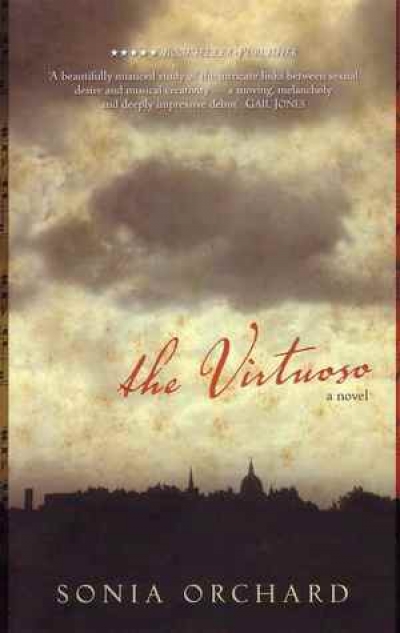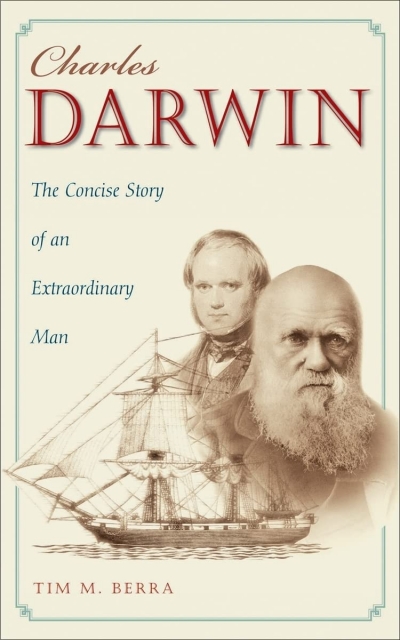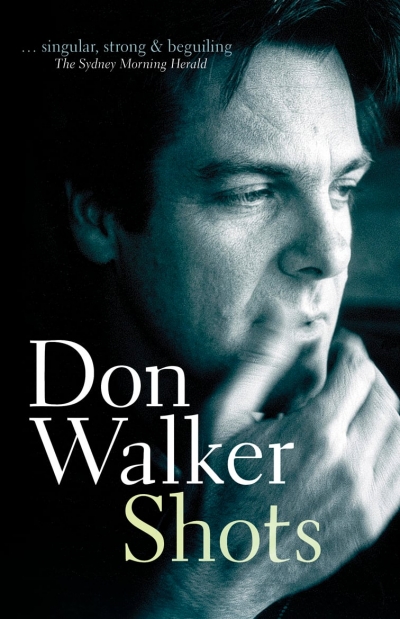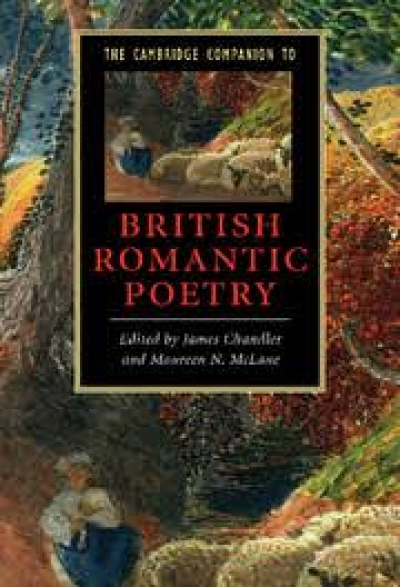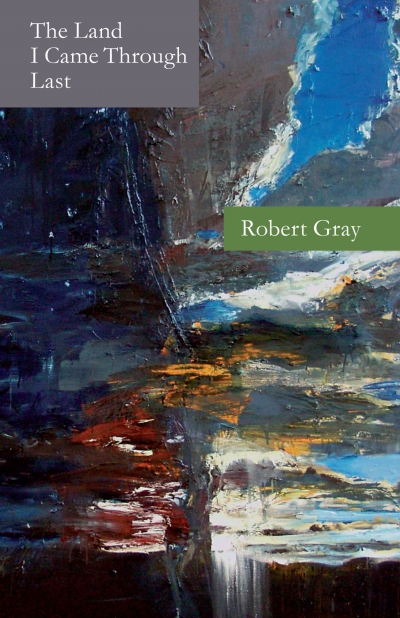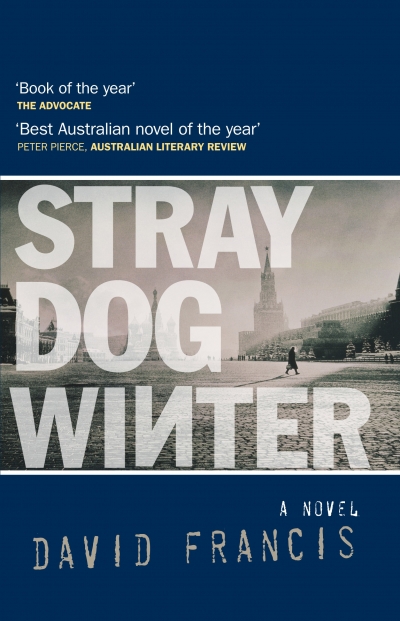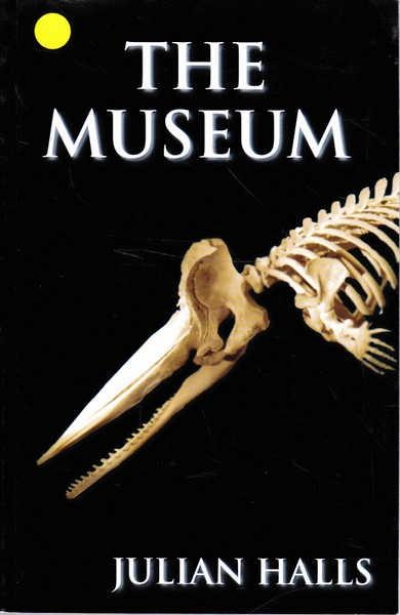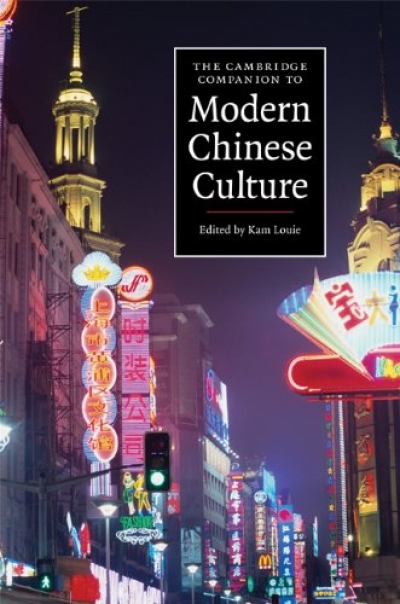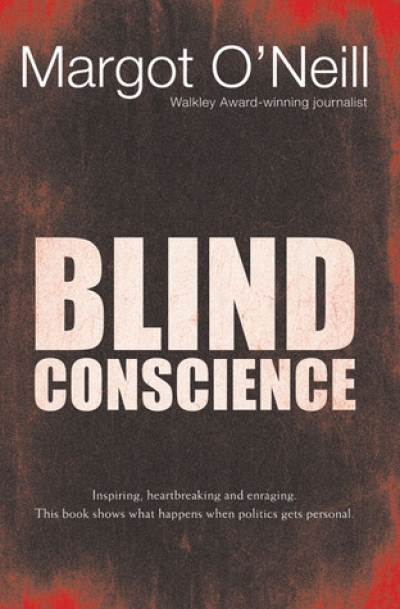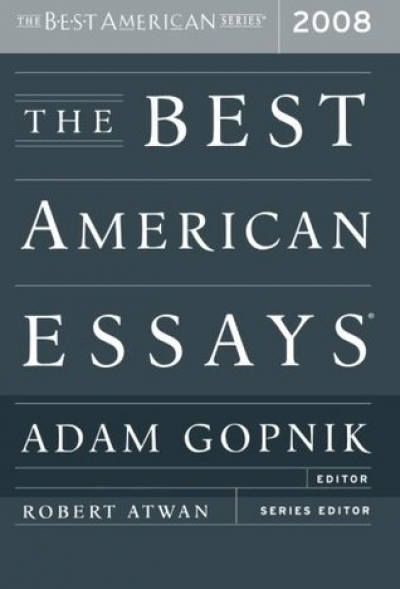Archive
Charles Darwin by Tim M. Berra & Darwin’s Armada by lain McCalman
by David Lumsden •
The Cambridge Companion to British Romantic Poetry by James Chandler and Maureen N. McLane
by Deirdre Coleman •
The Best American Essays 2008 edited by Adam Gopnik & The Best Australian Essays 2008 edited by David Marr
by Gay Bilson •

